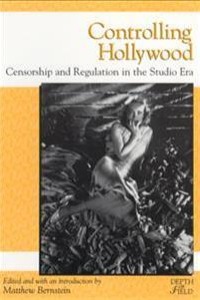
Liknande böcker
Classical Film Violence : Designing and Regulating Brutality in Hollywood Cinema, 1930-1968
Bok av Stephen Prince
This work examines the interplay between the aesthetics and the censorship of violence in classic Hollywood films from 1930 to 1968, the era of the Production Code, when filmmakers were required to have their scripts approved before they could start production. Stephen Prince explains how Hollywood's filmmakers designed violence in response to the regulations of the Production Code Administration (PCA) and regional censors. Taking this one step further, he shows that graphic violence in contemporary films actually has its roots in these early films. He explains how Hollywood's filmakers were drawn to violent scenes and how they ""pushed the envelope"" of what they could depict by manipulating the PCA. Examining violent scene construction in key films of the period, Prince shows that many choices about camera positions, editing and blocking of the action and sound were functional responses by filmmakers to regulatory constraints, necessary for clearing release approval from the PCA and then in surviving scrutiny by the nation's state and municipal censor boards. Prince's study is a stylistic history of American screen violence that is grounded in industry documentation. Using PCA files, he traces the negotiations over violence carried out by filmmakers and PCA officials and then shows how these negotiations left their traces on picture and sound in the finished films. Almost everything revealed by this research is contrary to what most have believed about Hollywood and film violence. Chapters include ""Throwing the Extra Punch"" and ""Cruelty, Sadism and the Horror Film"".







